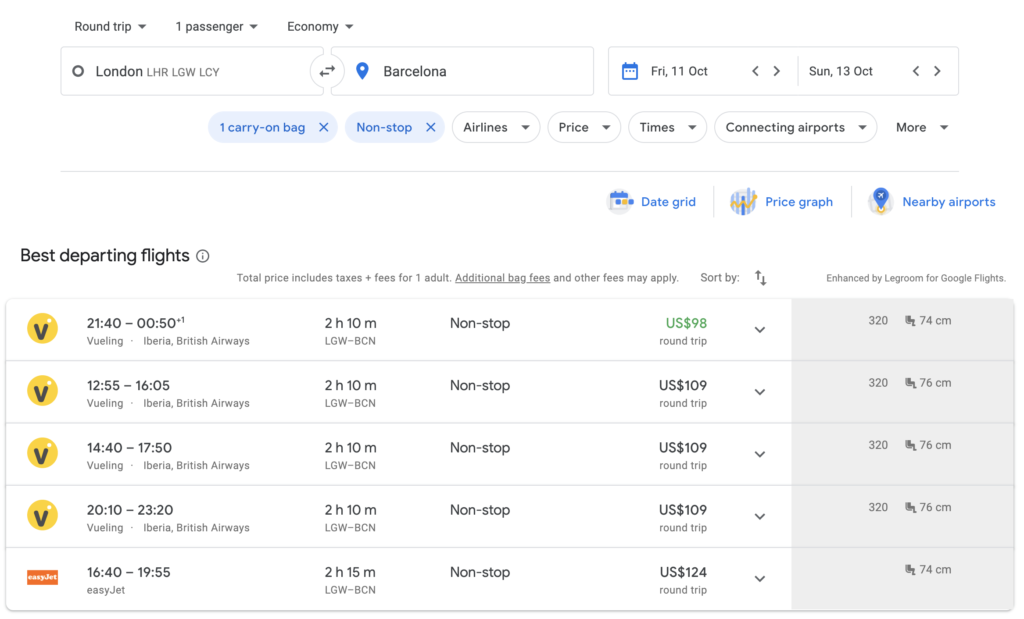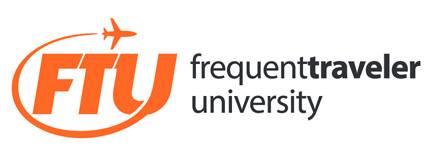Are Low Cost Carriers Better Than Legacy Carriers in Europe?
Flying around the States can be a bit of a nuisance. While transatlantic economy fares have never been lower, domestic fares can still seem high. Especially if you live in a city that is hub captive.
After spending my entire life in the states, I moved to the UK last summer. Since then, it’s made me realize that low cost carriers (LCCs) in Europe aren’t all that bad. In fact, in some cases, they’re… preferable (*gasp*).
Before going on with this article, let me start out by saying that I fully expecting to get flamed for this one. I realize that the name of this site is No Mas Coach, which certainly implies No Mas Low Cost Carriers. I felt that way when I first moved over here too. Obviously, we’d all prefer flying up front, but after a full year of living in Europe, I’ve changed my tune a little bit.
Why? Let’s look at it.
Cost
Obviously, the biggest advantage when it comes to Low Cost Carriers is cost. Intra-European flights over $100 are a rarity thanks to LCCs. Just searching for random weekends in October, I was able to find over 30 cities with round trip flights for less $100.
For a quick Friday to Sunday trip from London to Barcelona, you can fly on Vueling for $98 round trip. Not a big Vueling fan? You can fly easyJet for$124
Ok but what if you reallyyyyyy don’t want to fly a low cost carrier? Well thankfully, British Airways flies this route too! 
As Randy Jackson would say, that’s gonna be a no from me, dog.
How about on the home front? Surely, there must be some solid cheap options around the US, right? Let’s look at the same flexible weekend options options flying from New York, Dallas, and DC for example.
Notice anything different here? Yep, not one option under $100.
Sure, comparing the US to Europe is apples to oranges, but the concept is still the same. The widespread availability of LCCs has increased competition in Europe and given us countless cheap options to get around. We just don’t have that same level of competition in the US currently. If you live in a hub captive city, it’s even worse. Trust me, I’ve lived in Charlotte, where a quick weekend trip to Miami or New Orleans can routinely run over $500.
Point-to-point flying
LCCs offer direct flights between cities that may not have had direct flights in the past. This makes it easier for everyone to get from city to city across Europe. Leisure destinations in countries like Croatia have gone from having no direct flights to multiple ones a day, thanks to low cost carriers.
Value proposition
When we’re looking at value, it’s important not just focus on cost. Yes, $100 is cheaper than $200, but if you’re flying in the bathroom, is it really a better value?
Think about it this way – what do you get on a full-service European carrier that you don’t on a low cost carrier? Drinks? Nope. Snacks? Nope. Free seat selection? Nope. A free carry-on? Sure, but just about every LCC not namer Ryanair allows that too. Is there really any added benefit here?
If you’re looking for refuge in business class, keep looking. Unlike domestic first class in the US, European business class is basically just an economy with a blocked off middle seat.
Operational Reliability
EU261
For those of you not familiar with EU261, it’s a piece of European legislation that protects you in case of delays or cancellations. If your flight starts at an EU airport or lands in an EU airport and is delayed or cancelled, you’re entitled to up to €600 in compensation. While you probably don’t hope for delays, getting a couple hundred bucks on your $80 ticket isn’t the worst thing to happen
Large Operations
In the US, one of the biggest knocks against flying a LCC is operational reliability. Often if (or when) there is an issue or cancellation, you’re out of luck for the day. However, with carriers like easyJet being so widespread, if your flight is delayed or there is a mechanical issue, there are likely to be replacements.
If you’re still worried about delays on a low cost carrier, I’ve intra-European LCCs on at least ten separate occasions in the past year. I’ve still yet to have an opportunity to claim EU261 compensation. My worst delay to date has been one hour and that was due to weather.
Short flights
Another gripe about LCCs is the lack of room and uncomfortable slimline seats. However, many of the flights within Europe are under 2 hours. For 2 hours, the seats are perfectly fine. If you’re worried about legroom, seats in the exit row are often available for $20-30.
Lounge Access
This is probably one of the biggest selling points of intra-European business class. However, chances are you already have it. With a premium credit card like the Chase Sapphire Reserve Card or the The Platinum Card from American Express, you have a Priority Pass Select membership. This gives you access to lounges at nearly every major European airport. Additionally, you can access many of the same lounges if you hold mid-to-high level elite status with an alliance carrier.
If you don’t have a premium card or elite status, I can see how this would be a perk. However, is lukewarm buffet food and a a glass of house wine really worth an extra $100 or $200? I’d rather eat before or eat at my destination.
Final Thoughts
Would I rather be flying in first class or business class? Absolutely. I’m not sure there is anyone out there that would prefer a middle seat in row 32.
That said, for a short hour or two-hour flight, Low Cost Carriers are a perfectly fine option. I’ve taken them countless times around Europe and guess what? I’m still here.











September 11, 2019
It also seems to me that you are less likely to be impacted by a labor union strike with an LCC vs a European legacy carrier.
September 11, 2019
Agree. Lounge membership and carry-on only take the sting out of LCCs in Europe.
Now, if Ryan Air would pay up for using a jet bridge, instead of making you walk a mile across the field, id pay a few bucks extra…
September 12, 2019
Great perspective. My limited take on this is that Europe has much more competition from fast trains that don’t require you to arrive an hour or so before flight time. The train system is a great alternative for those who don’t wish to travel the unfriendly skies of the 2000s. And a business seat upgrade is very reasonable. I have really enjoyed the fast trains in both France and Italy.
I suspect if we had a true alternative via trains in the US the airlines would be dropping prices. Unfortunately, airports are federally subsidized while tracks and train stations (for the most part) are on their own. So the politics have dialed in a reliance on air travel as opposed to trains. And the air travel just gets more frustrating as time goes on.